We could have told our boss to take a week off from work because we twisted our neck discussing work with colleagues because our chairs were too bulky. But because of Thomas Jefferson, the third president of the United States, there was no such chance.

In 1775, Jefferson set his eye on a Windsor chair at home, he looked at the Windsor chair and had an idea:
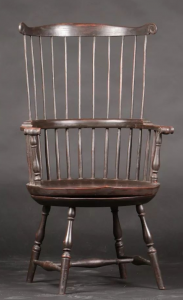
This is Jefferson's Modified Windsor chair. At first glance, not much has changed. Actually this chair has two seat face, join with central iron shaft, pulley is put in the groove between present face again, realized the effect that the lower half part is fixed, upper half part rotates. The forerunner of the swivel chair was born, and people no longer had to worry about twisting their necks.
But it's a far cry from the swivel chair -- or, more properly, the office chair -- in which we spend eight hours a day together. At least one key structure is missing -- the wheel.
Who came up with the idea of attaching wheels to the legs of the chair? So we have to slide around trying to be more productive and never stop?
Another world-renowned workaholic, the father of evolution, Charles Robert Darwin.
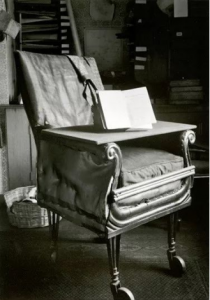
The industrial revolution brought about the vigorous development of the new economy, and enterprises expanded their territory and business by relying on convenient trains. Bosses then thought: Wouldn't it be more productive to use travel time to sit down and finish some paperwork?
So Thomas Warren came into business. His Company, The American Chair Company, produced a train seat that innovatively incorporated springs into the seat cushions to ease the jolting of the train. Employees have to work on trains, too.
On this basis, Thomas Warren invented history's first real office chair. It has almost all the key features of our modern office chair -- it turns, it slides, and it has a soft seat.
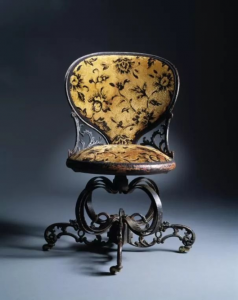
The idea that sitting comfortably leads to laziness was in vogue in the 1920s.
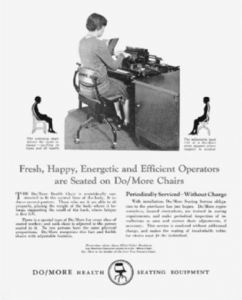
A man named William Ferris stepped forward to smooth things over. He designed the DO/More Chairs. Look at the big headline on this poster. What kind of person sits in this chair? "Fresh, happy, active and productive" office workers.
It is clearly a market pain point for work inefficiency and occupational diseases.
Technological ideas are changing. The study of the harmonious relationship between man and machine reached its peak during world War II as industry grew in importance. After World War II, "ergonomics" was no longer a fringe word, but a legitimate word in every field.
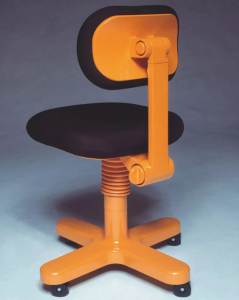
And so, in 1973, an office chair was born.
The light spot of this chair depends on: reclining headrest, an elevating seat surface and a pulley, concise and solid modelling, bright color. Designers also apply bright style to desks, typewriters and so on more office supplies, hoping to turn the office into a paradise, a wash dull.
Office chair has undergone many changes based on rotation, pulley and height adjustment of these basic structures since then, and has become our present office chair.
Post time: Jul-01-2022